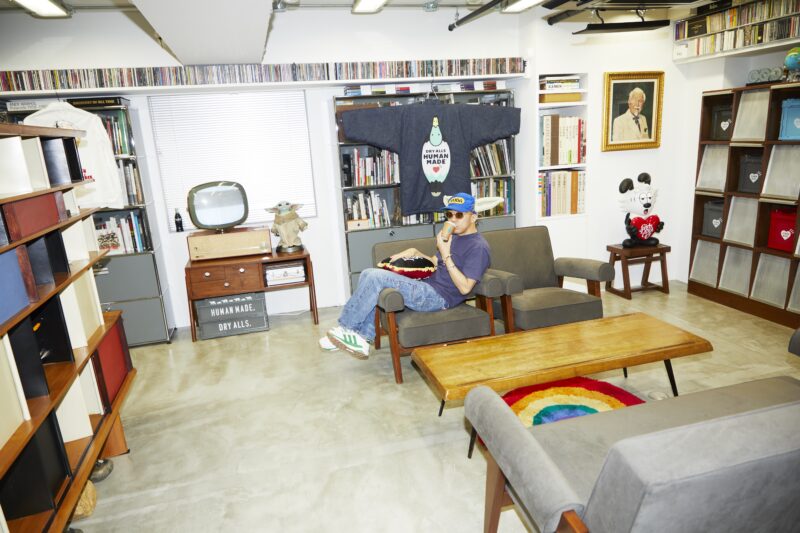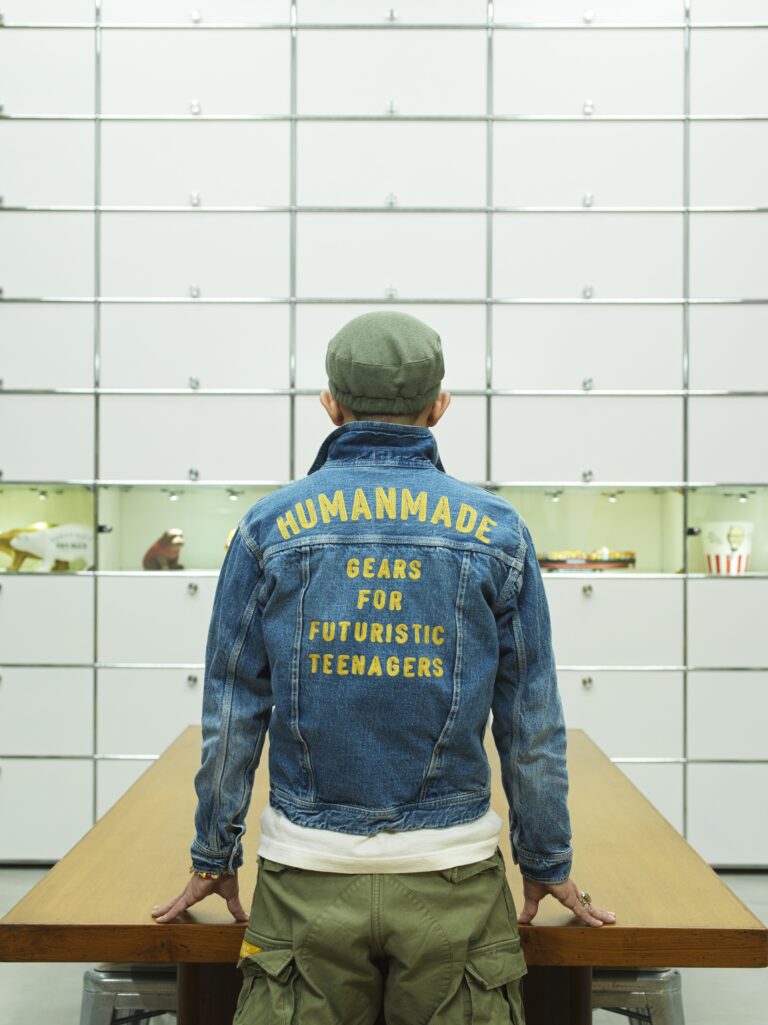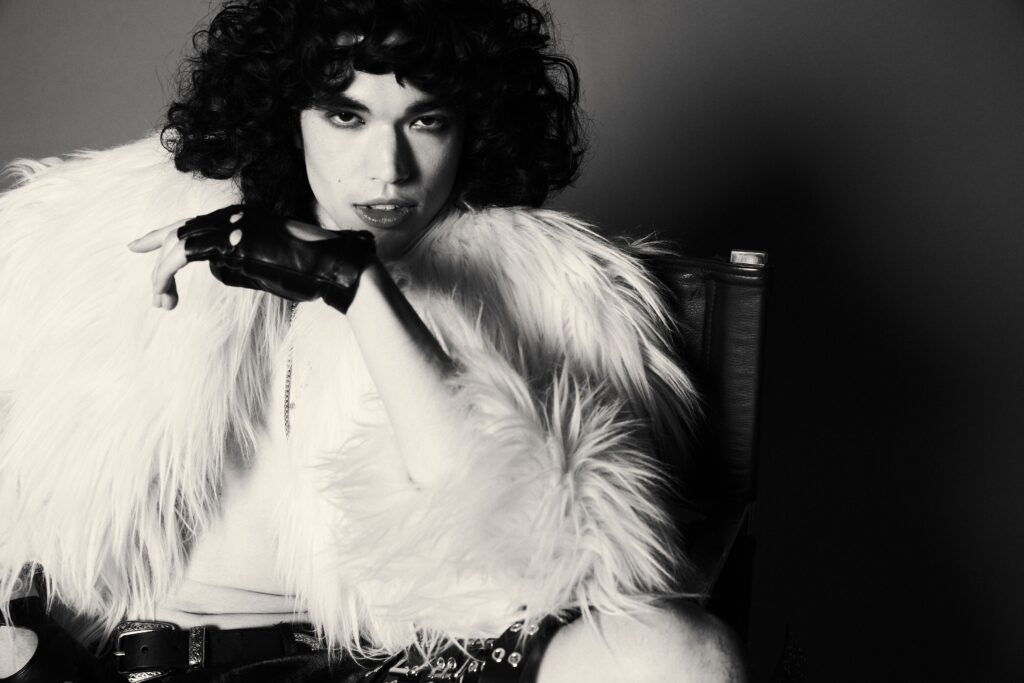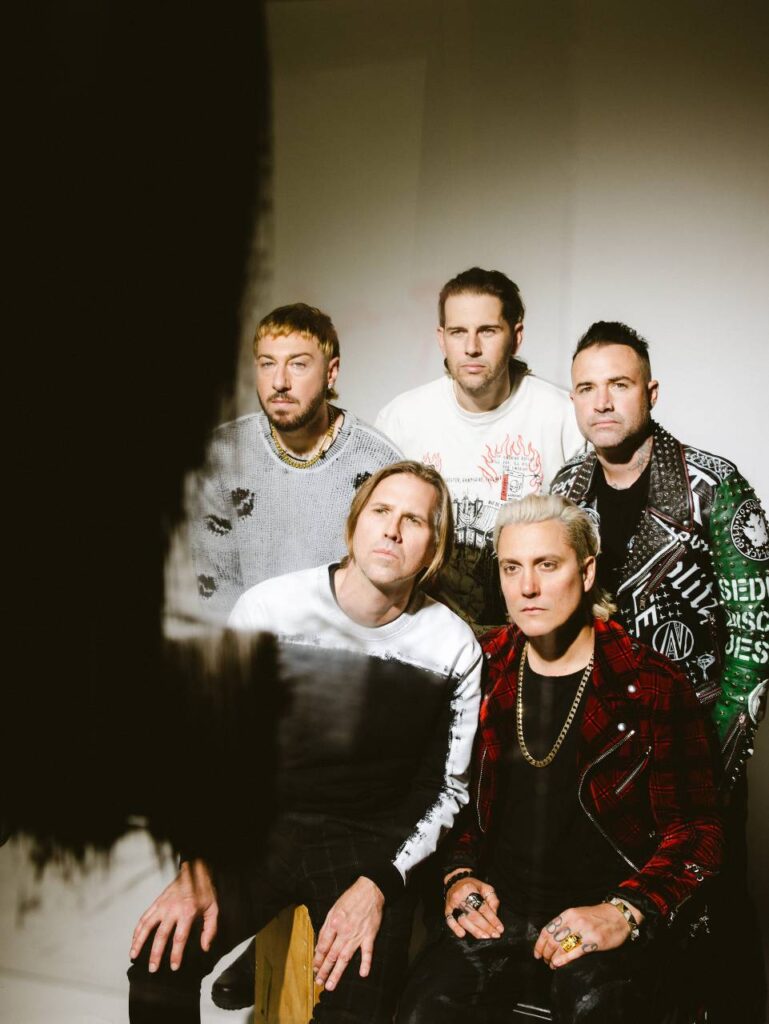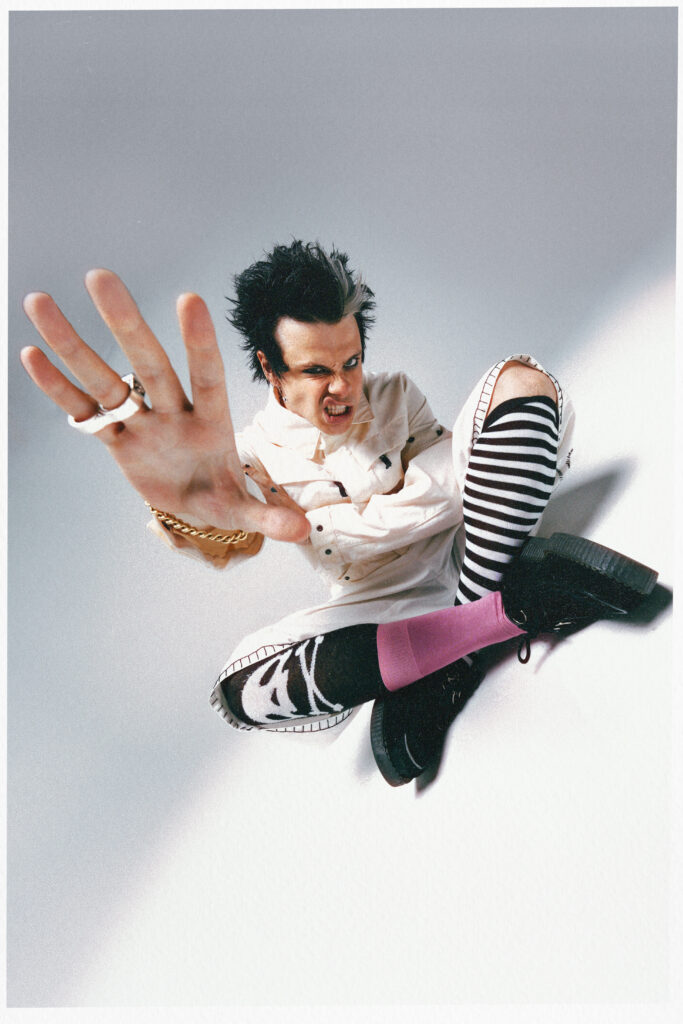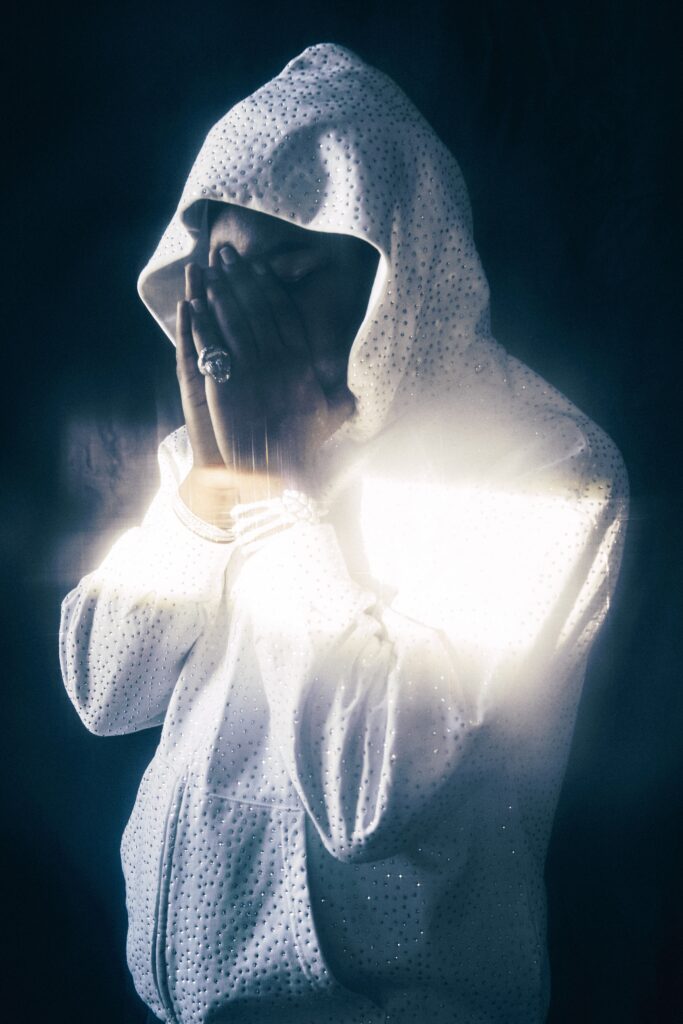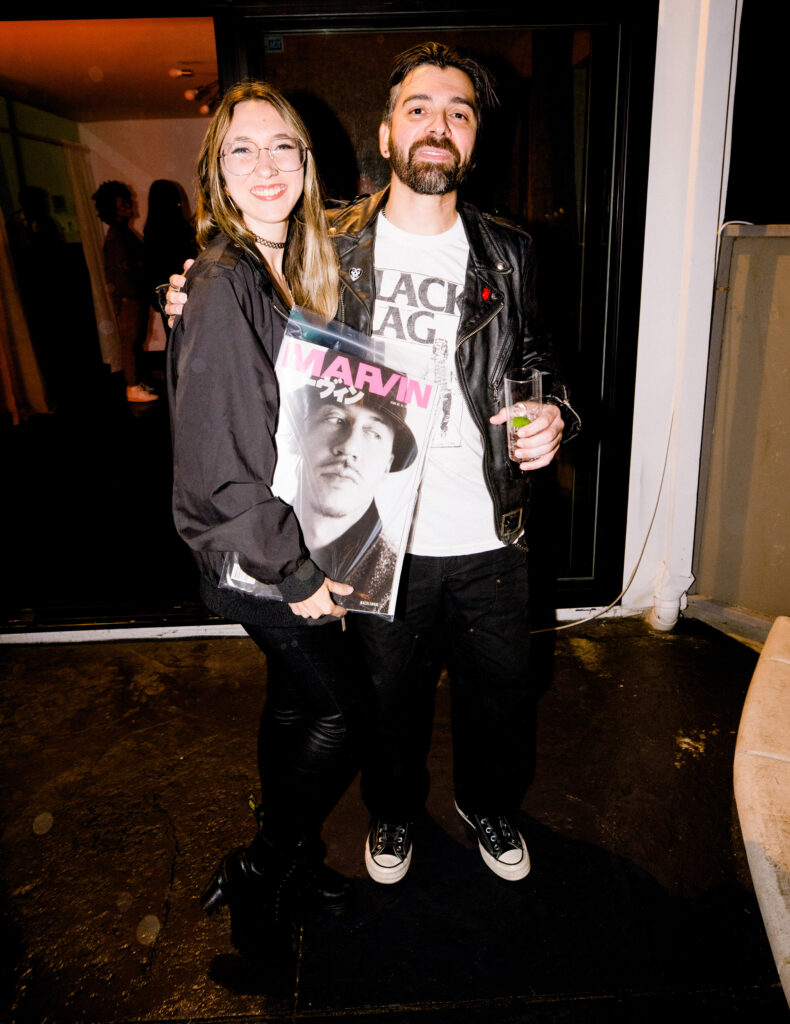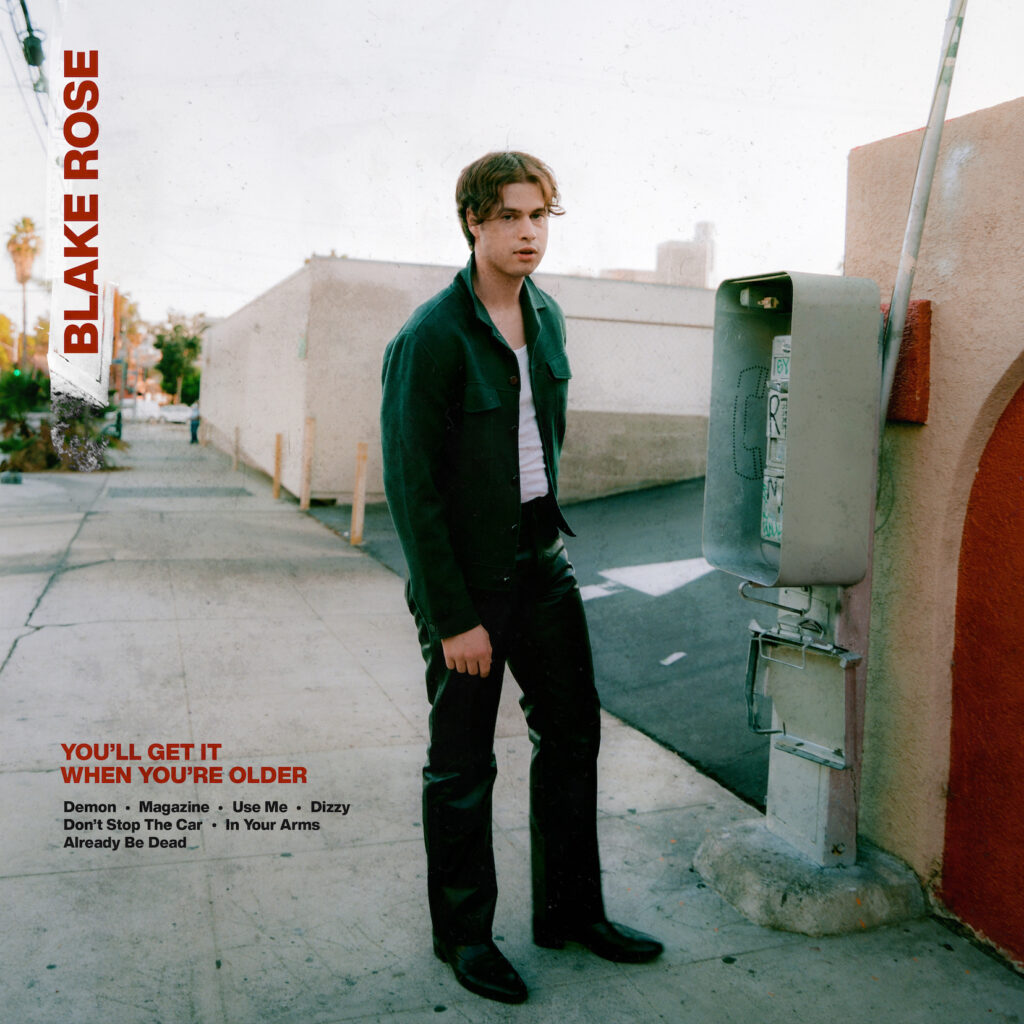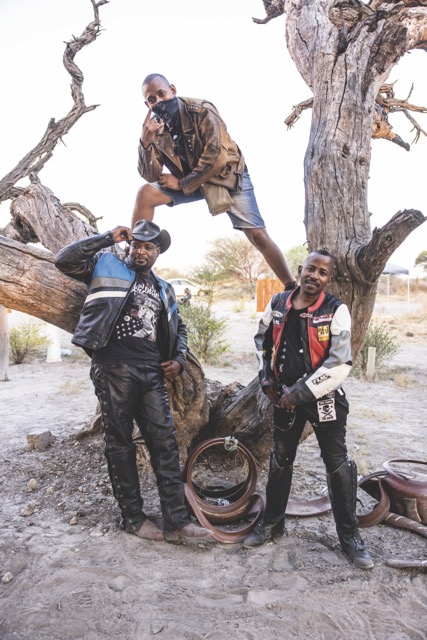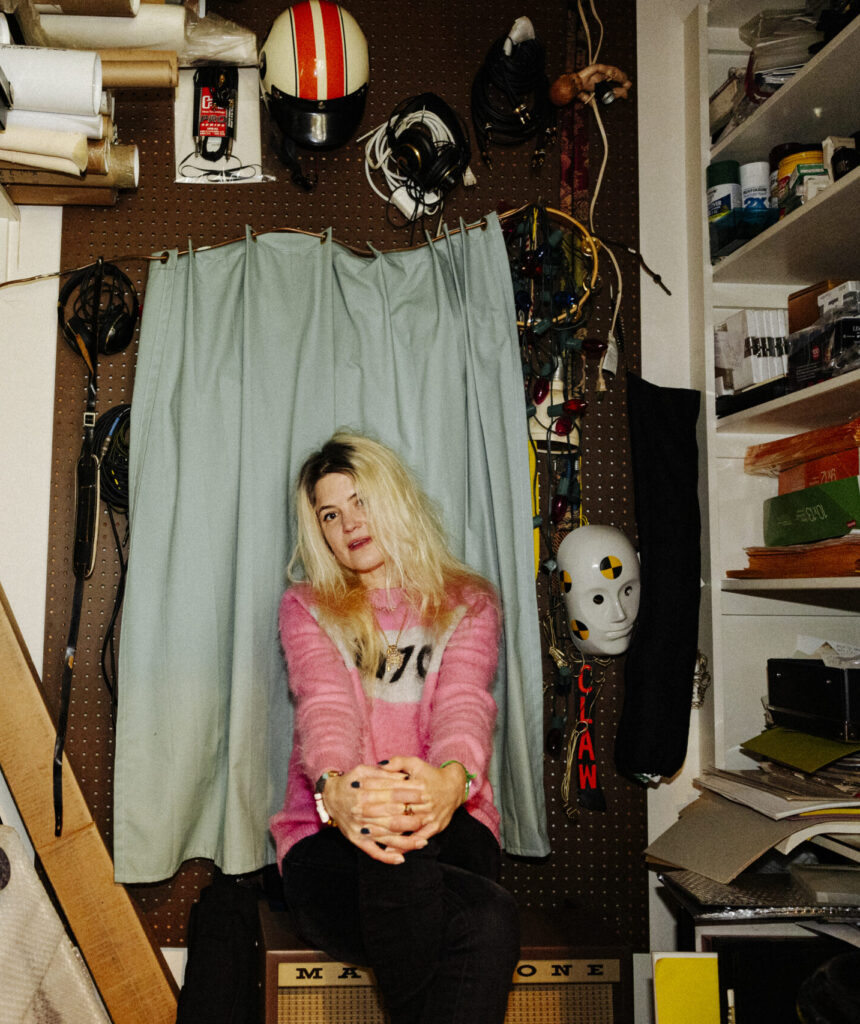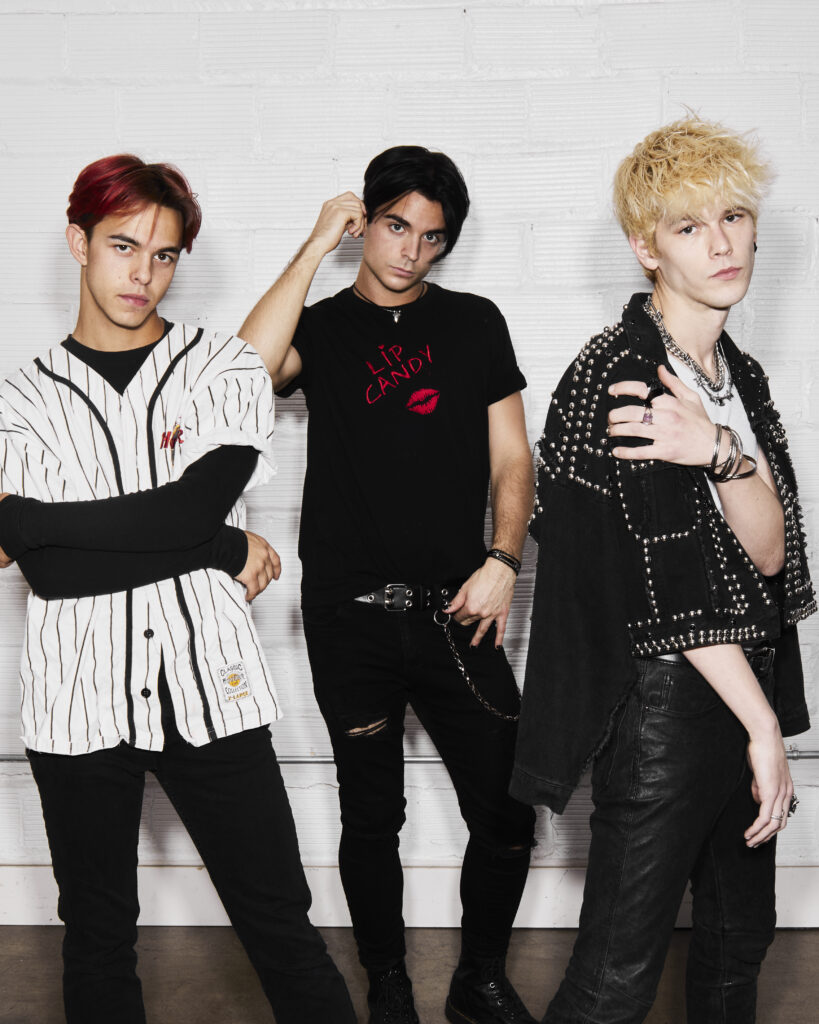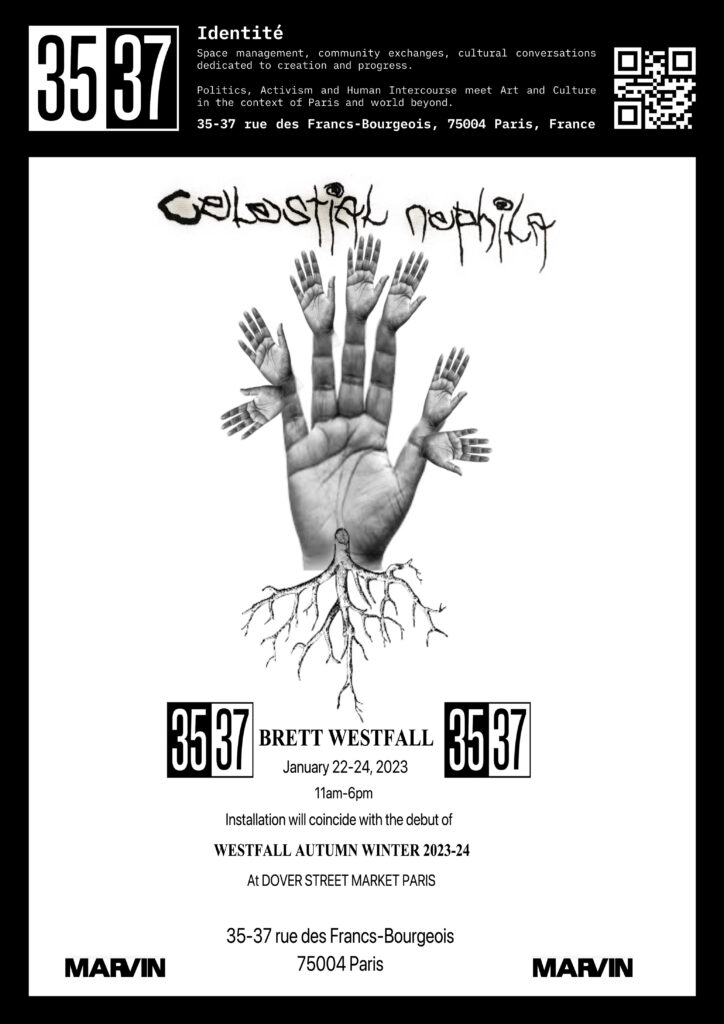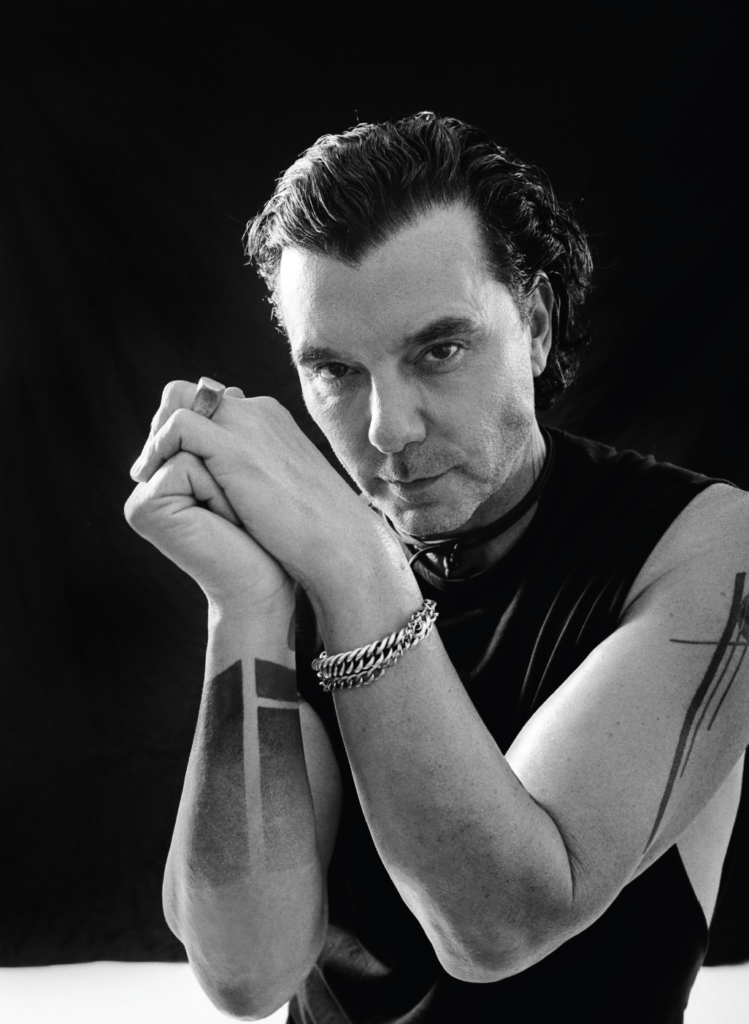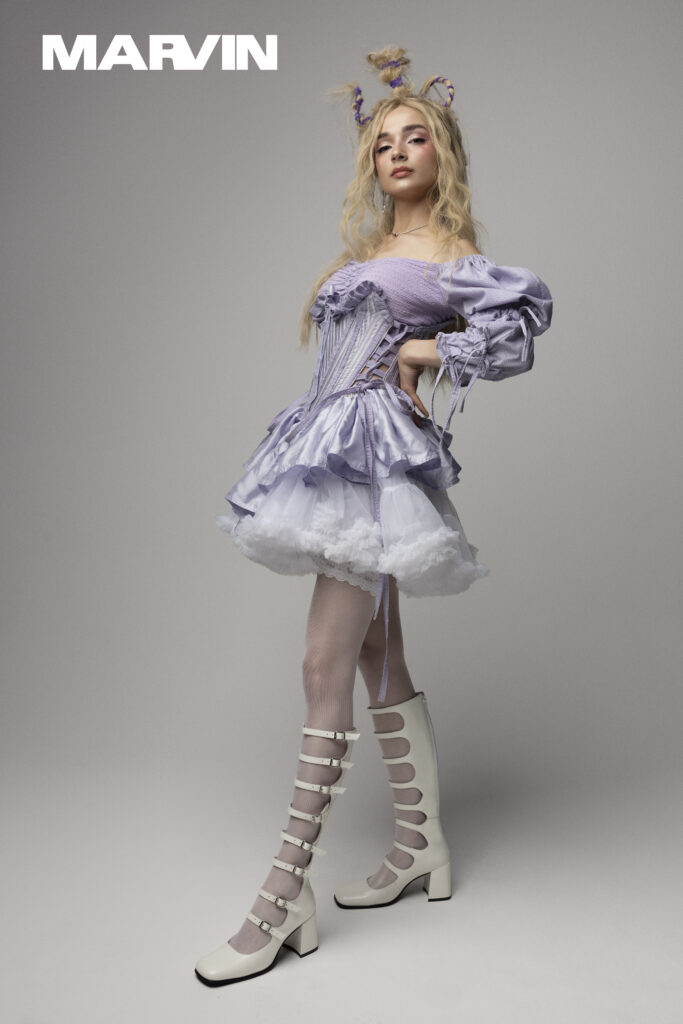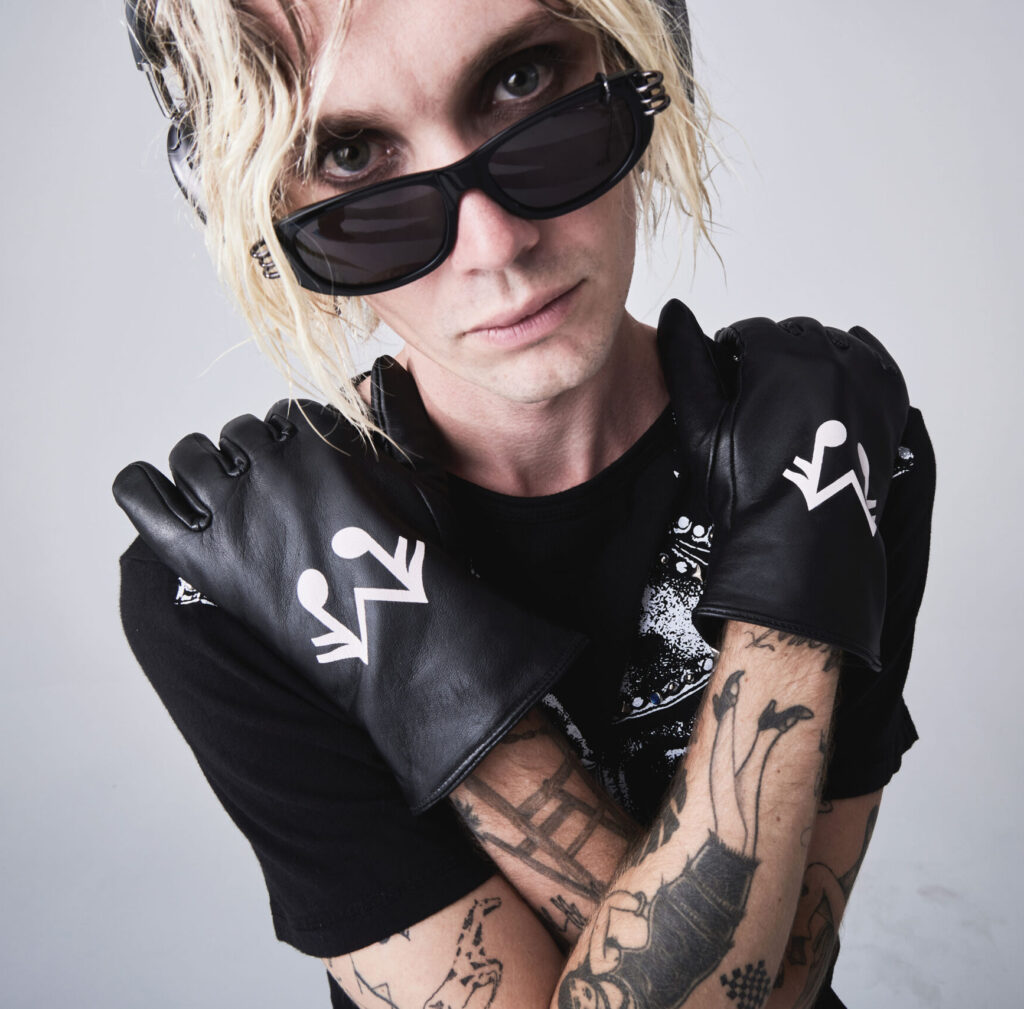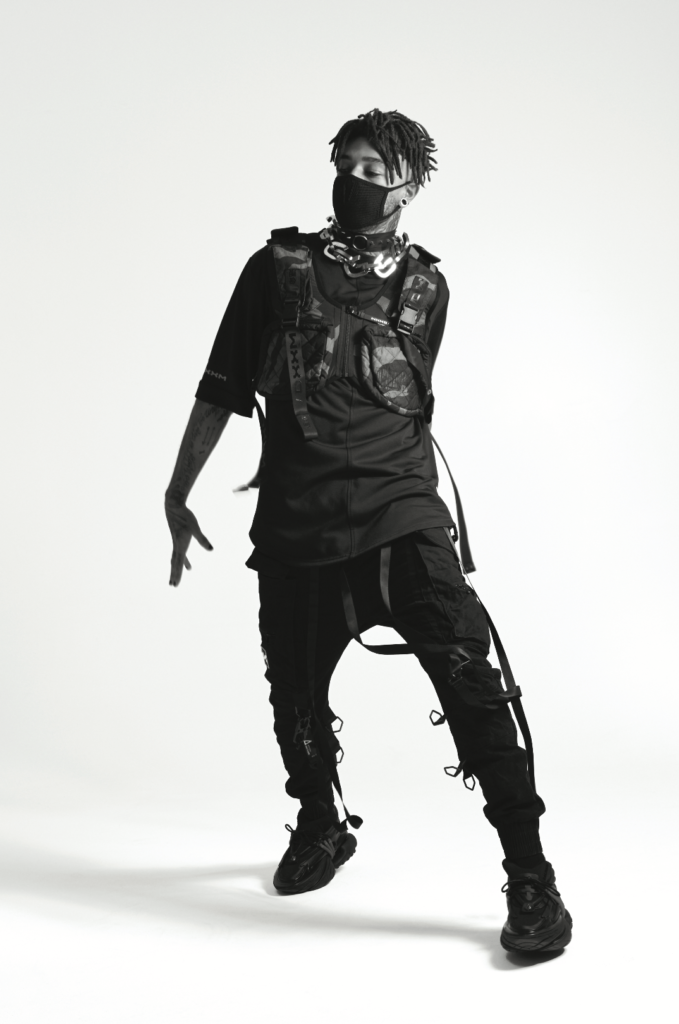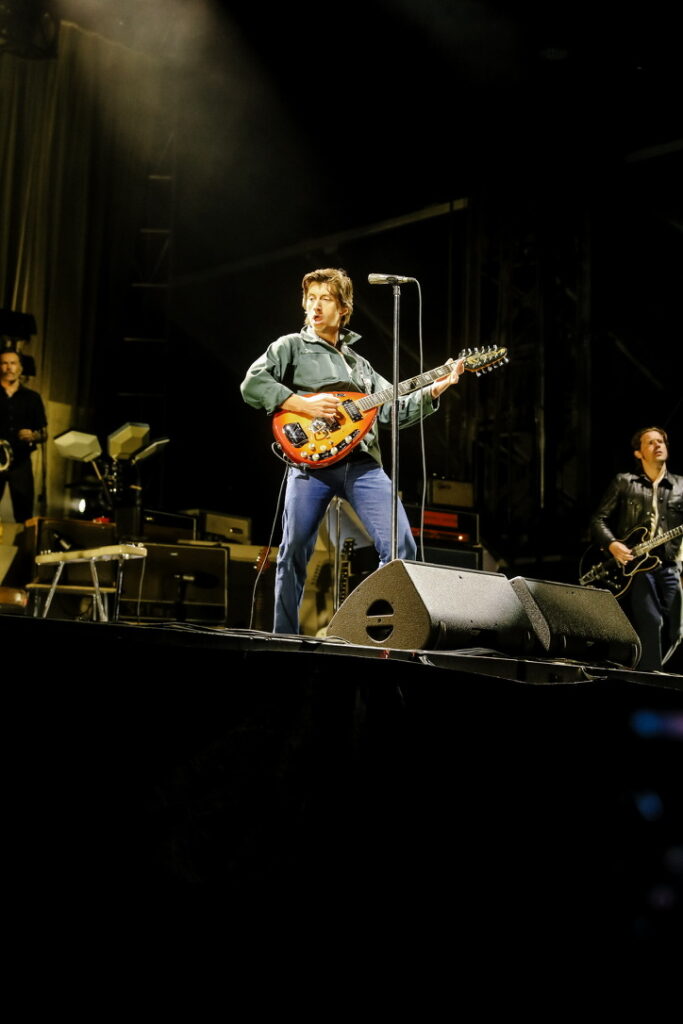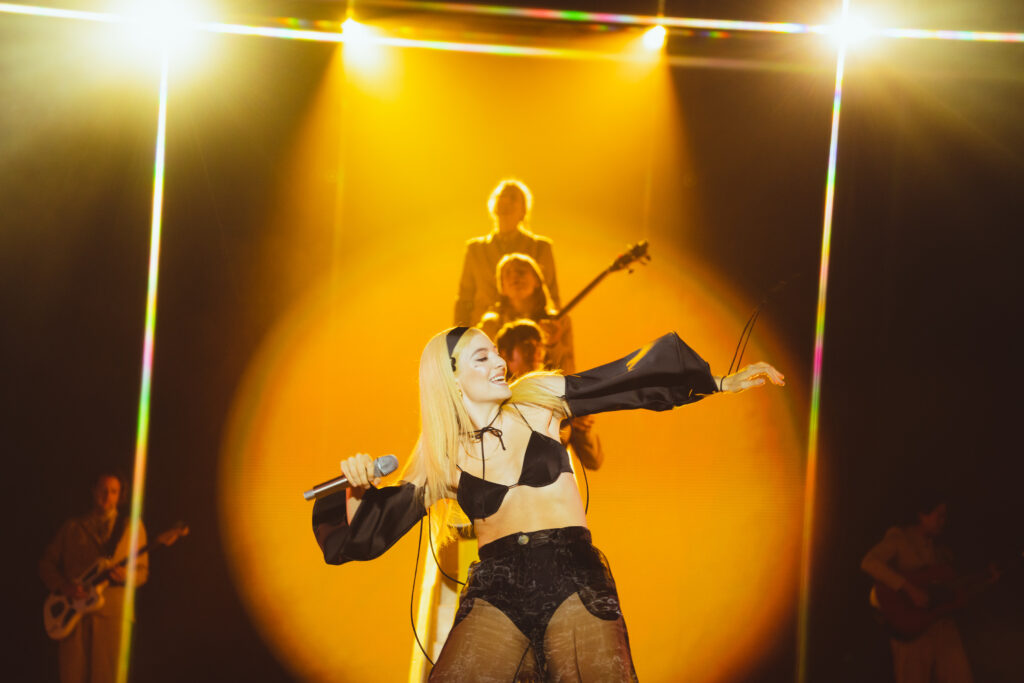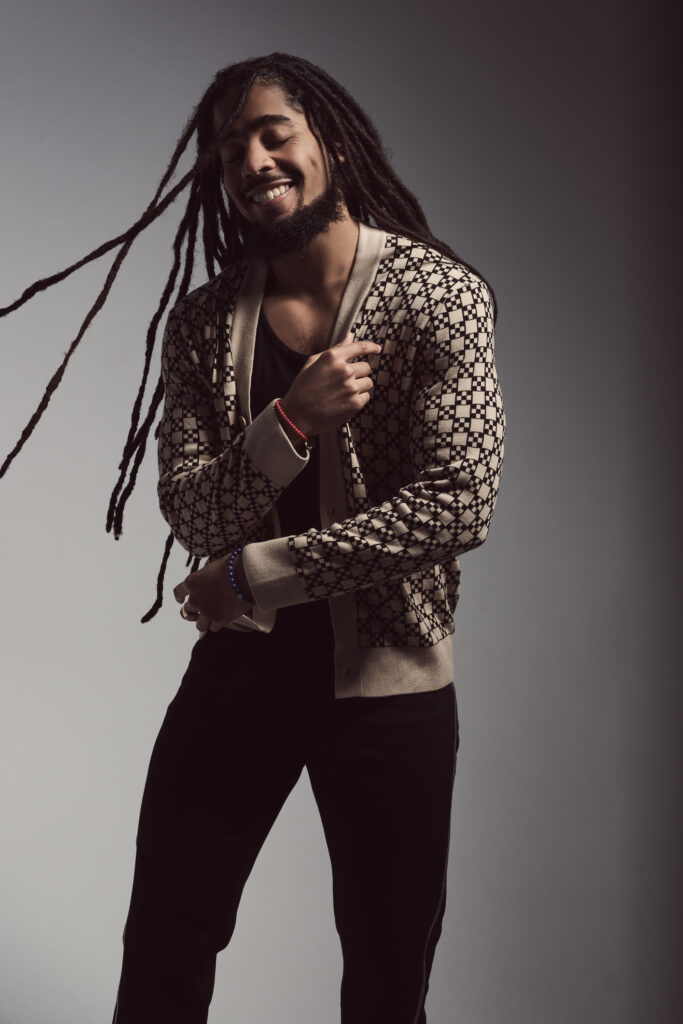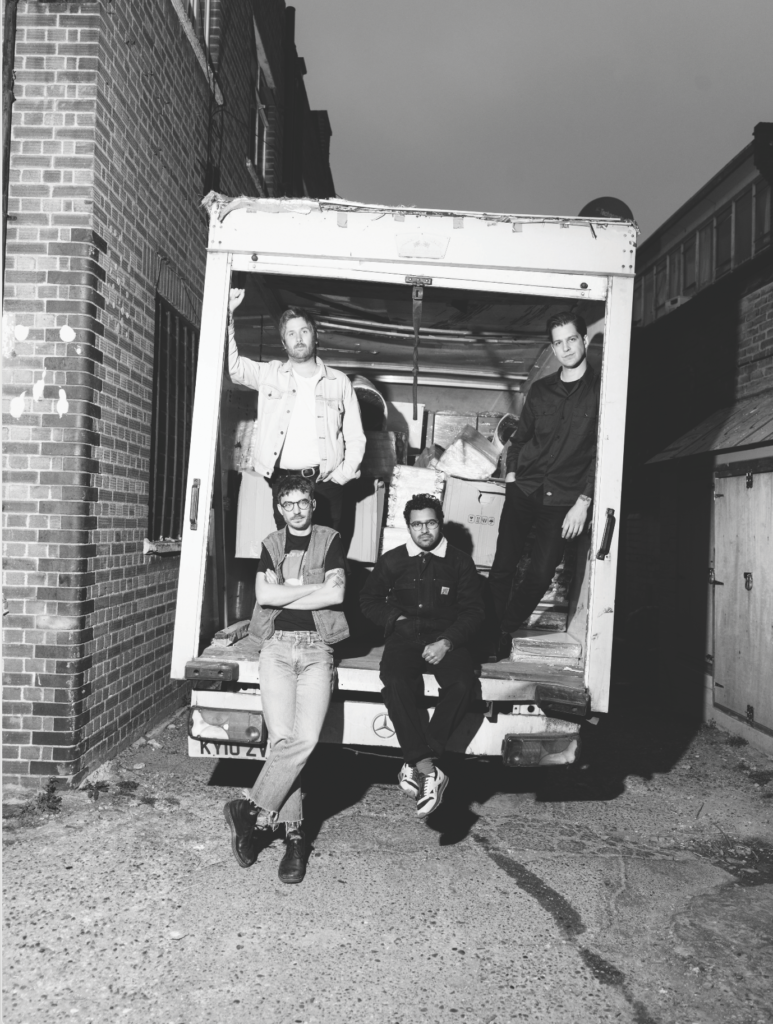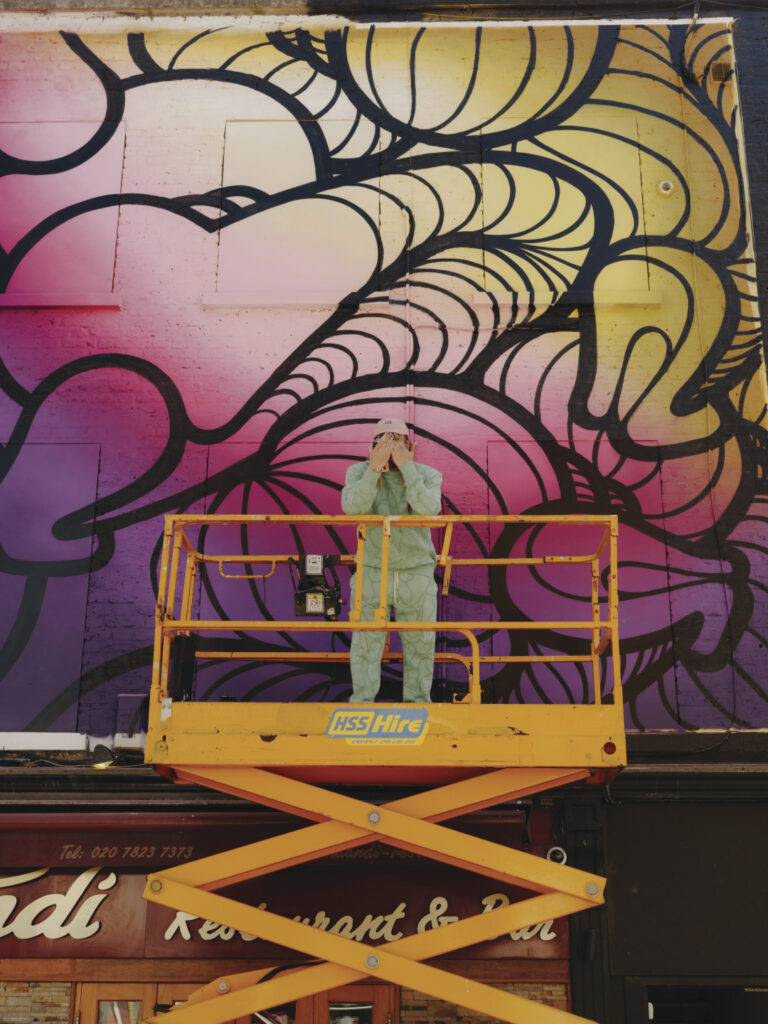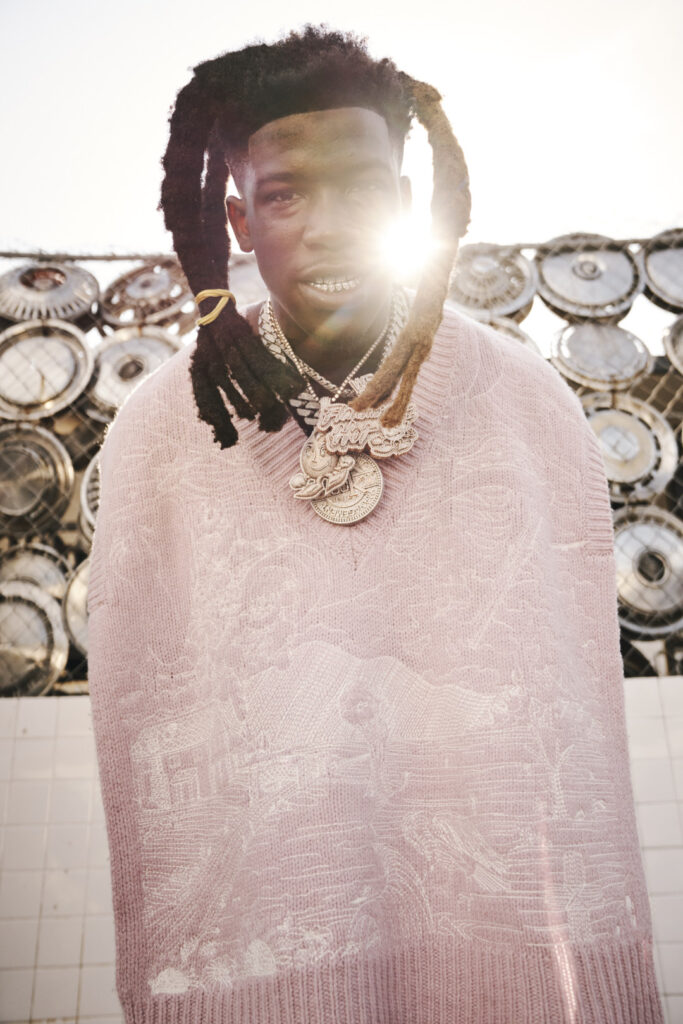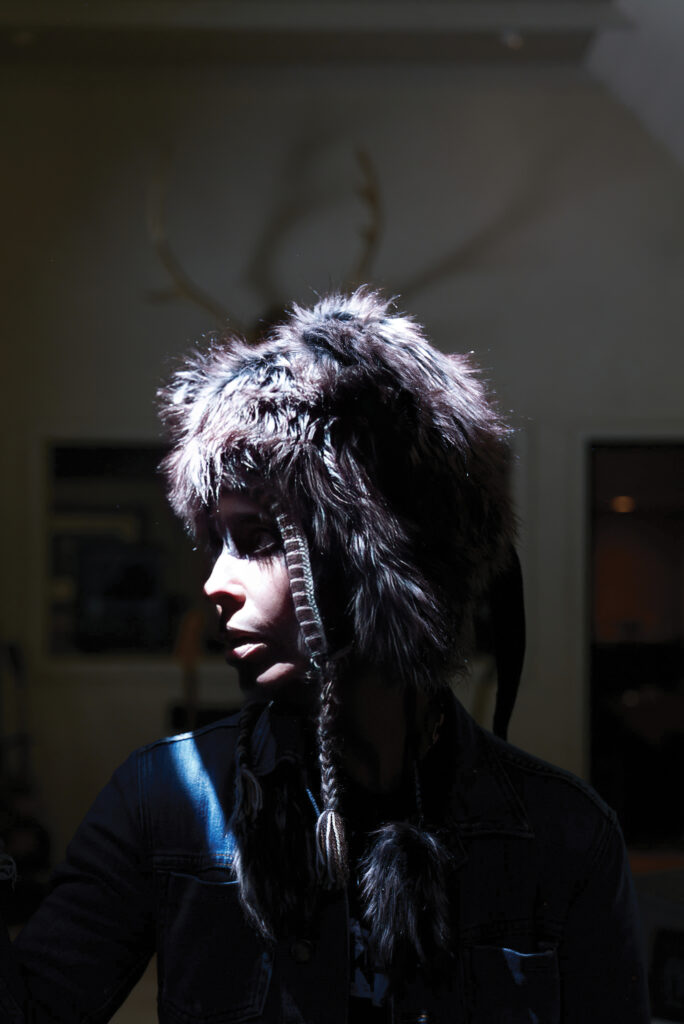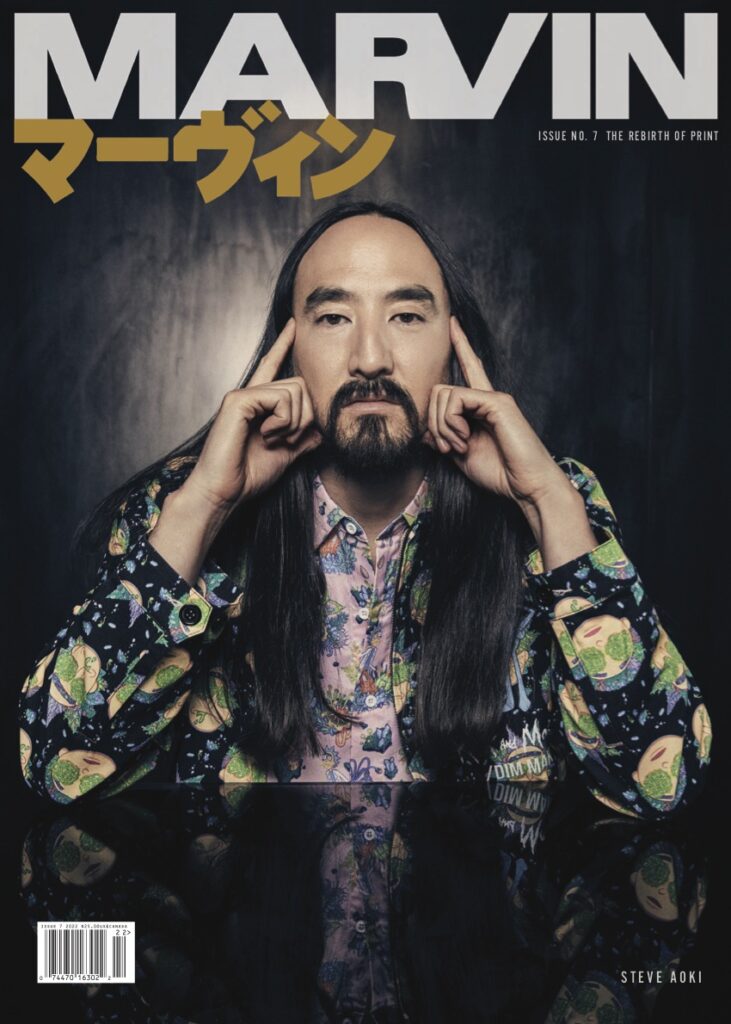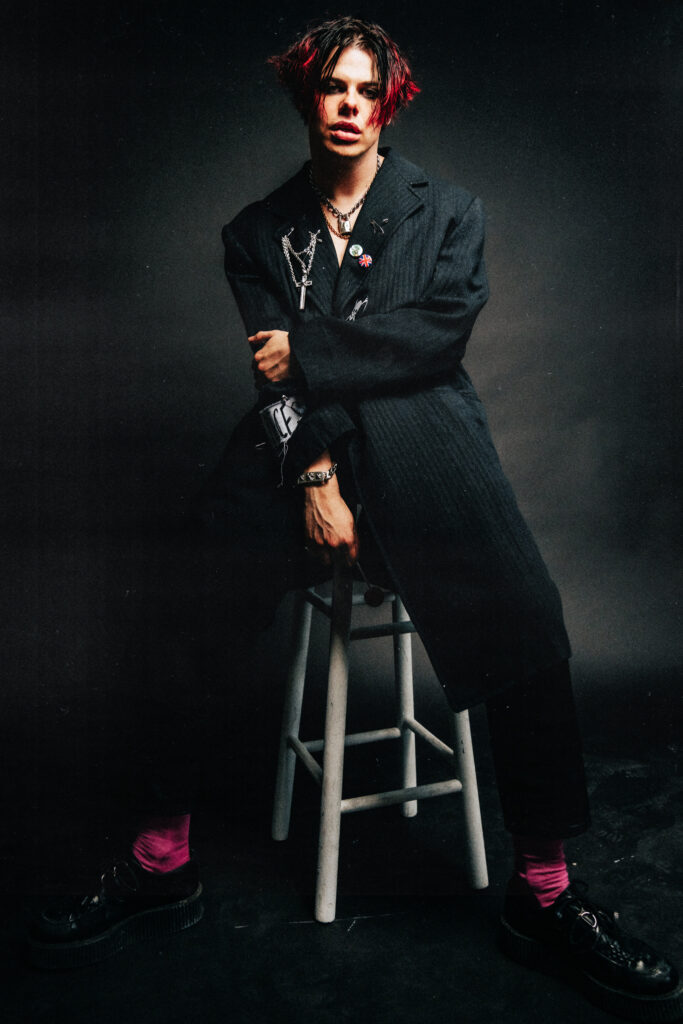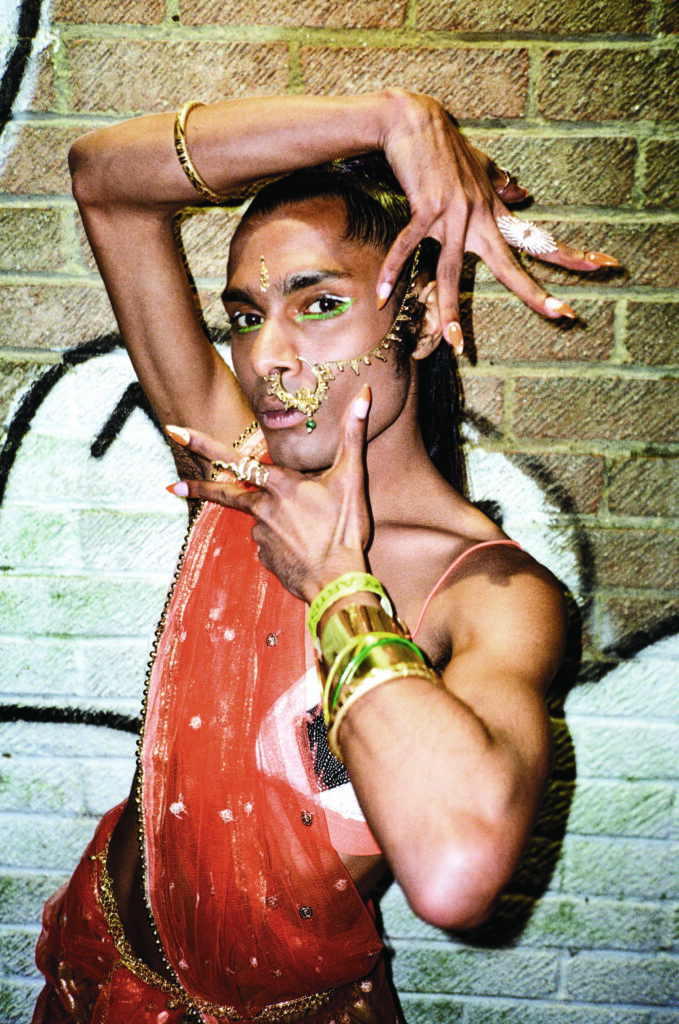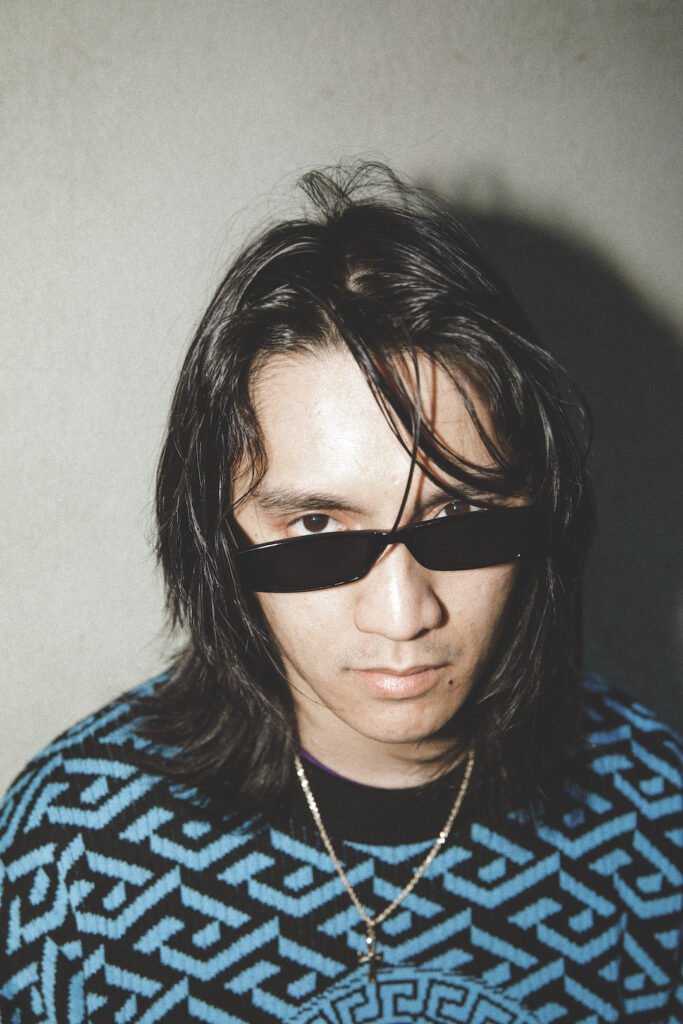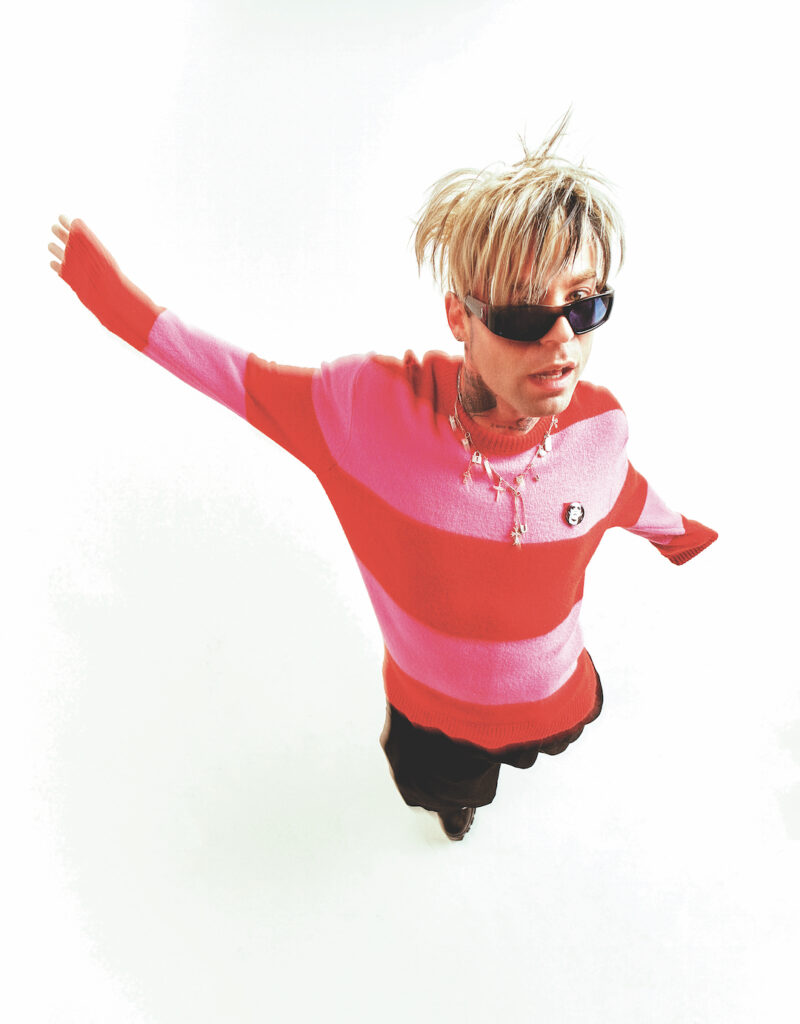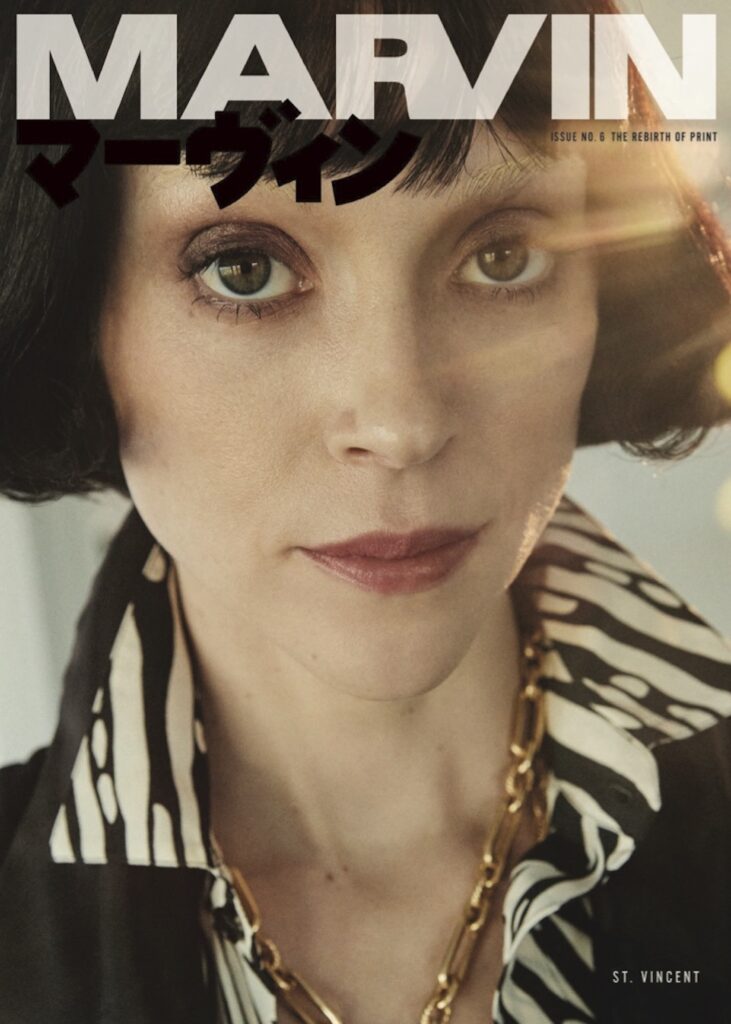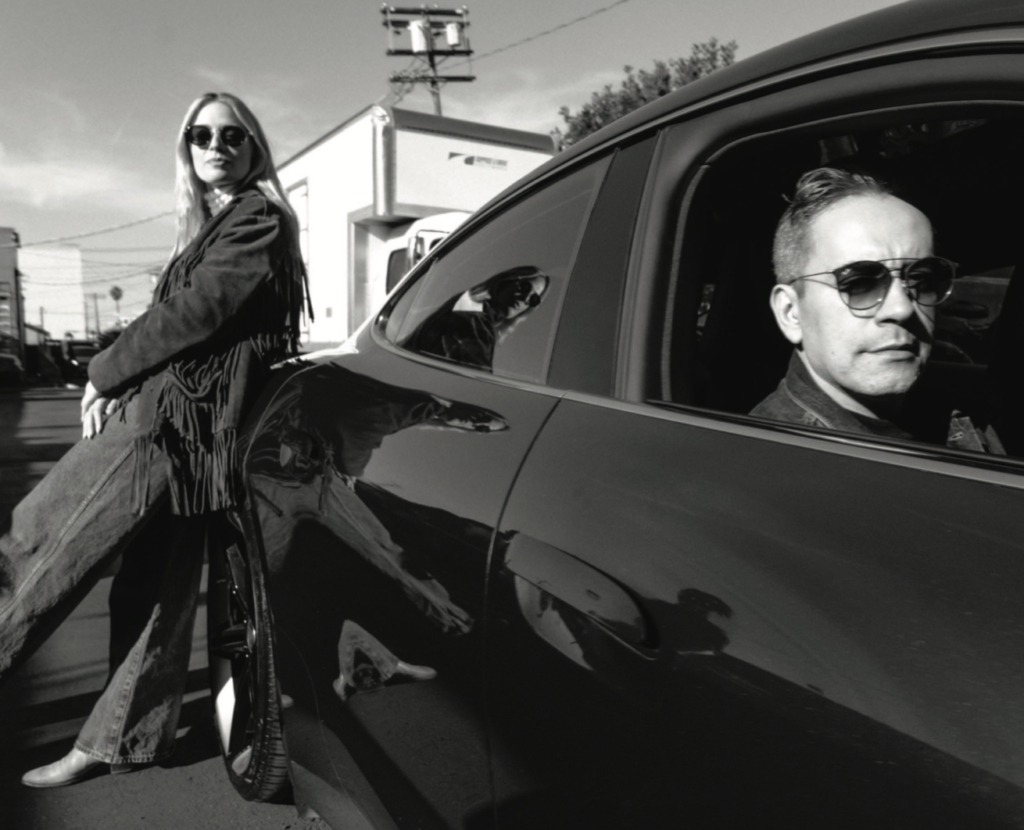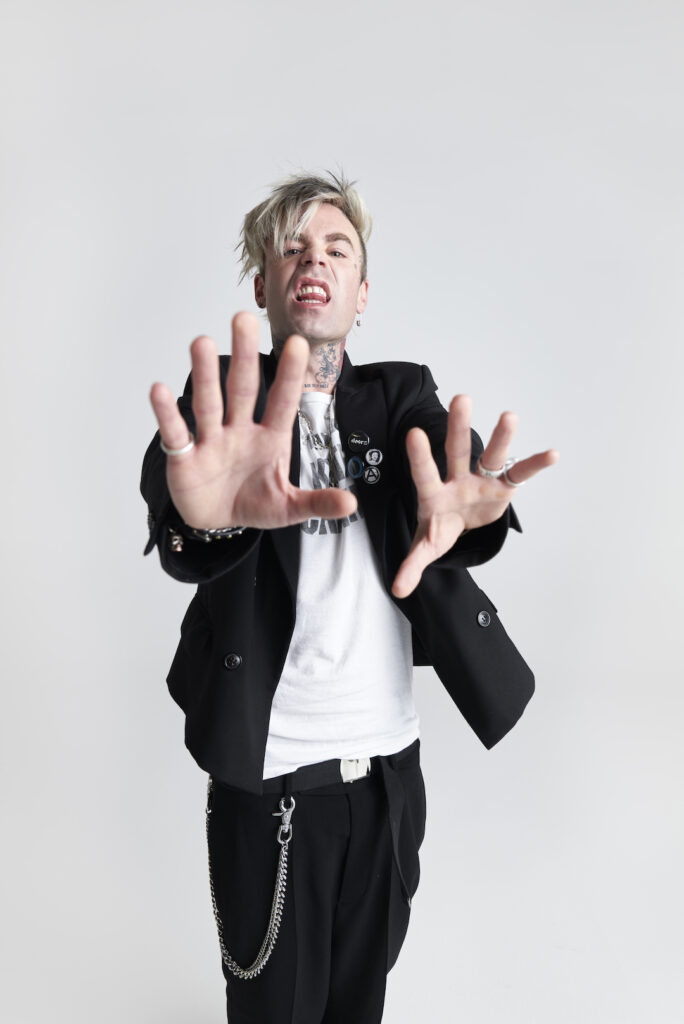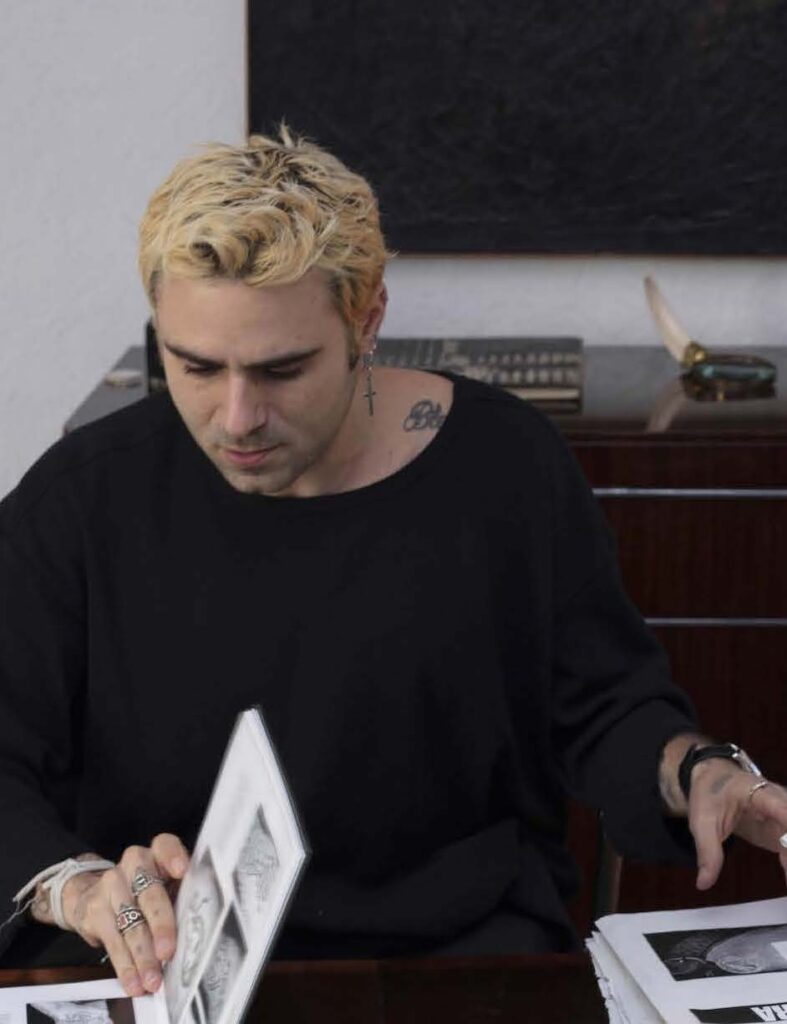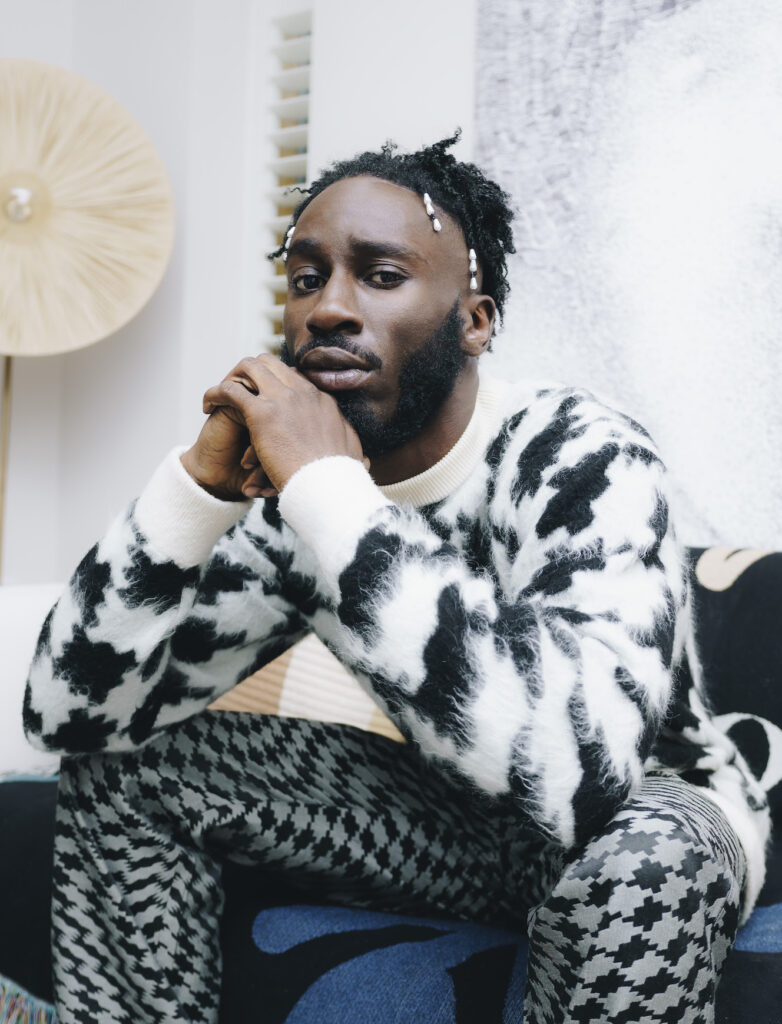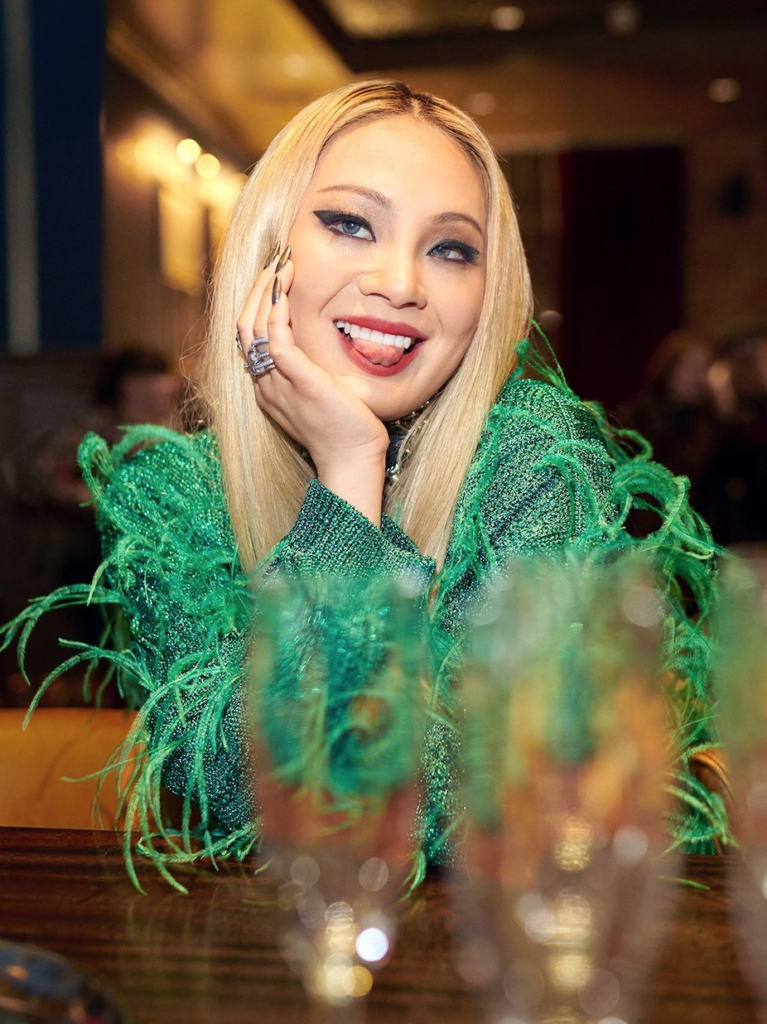Back to the Future: Nigo Shares How His Past Influences His Future, His Current Obsessions and Upcoming Projects
Translated by Rino Joyce
Photography by Kazuki Nagayama
Japanese designer, DJ, producer and entrepreneur, Nigo really doesn’t need much of an intro. The man behind the legendary A Bathing Ape label, his influence transcends continents, fashion, music and art. Now having spent a decade working on his Human Made projects he’s looking outwards and forwards to new projects. MARVIN Editor-in-Chief Marvin Scott Jarrett sat down with Nigo for a conversation about how the past is influencing his future, Curry Up restaurants, his new record label, the value of print, what his latest collection obsession is and who influences the influencer.
Let’s talk about Human Made. Do you still find American pop culture inspirational for this brand, and if so, can you tell me about that?
Of course I still get inspiration from American pop culture. But right now I’m in my “second” career — having done Bathing Ape for 25 years, I’m currently in my tenth year of Human Made. As much as I have received inspiration from American pop culture, because I have my experience from doing Bathing Ape and other ventures and projects I feel as if my point of view has been refined over the years, and am drawing inspiration from my own experiences as well.
I love the line you use, “Gears for futuristic teenagers?” How did you come up with that?
This phrase has two separate meanings to me. One is the notion that we would like to be a gear for the younger generation, and the other is keeping in mind (for myself) and for my peers around me to maintain and not forget having a young spirit to keep innovating and moving fashion and culture.
You once said if you don’t listen to music, you can’t understand fashion. What music artists inspire you now for Human Made?
The music that inspires me is really from the those who are close to me. Of course there is Pharrell, but other inspirations are Kid Cudi, A$AP Rocky, Lil Uzi Vert. I made a university jacket last year for these people who I am close to. I sent the coat to Pusha T, Tyler, the Creator and some other people as well.
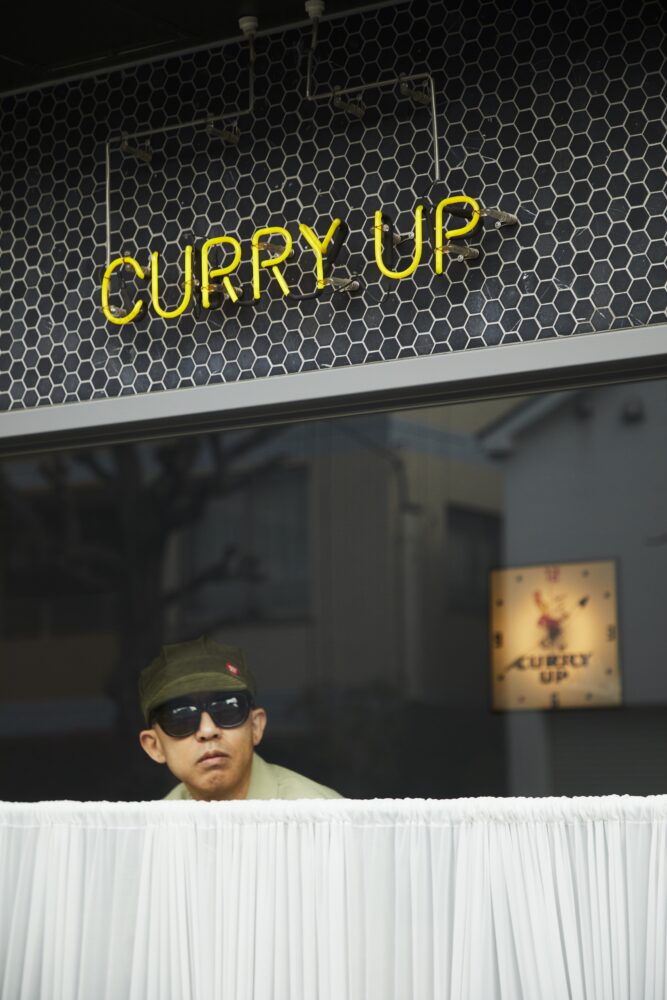
Did you feel a lot of pressure to create a brand that was as significant and impactful as A Bathing Ape?
I don’t feel any kind of pressure from Bathing Ape to compete against it — it is something that I created. Currently, Bathing Ape is a much bigger presence in the industry than myself or Human Made. I do not feel pressure but I am aiming to develop Human Made to a bigger presence than Bathing Ape.
Is Ape Sounds the future for Nigo?
I have actually stopped working on Ape Sounds, and have created a label called Otsumo Records. I have a recording studio setup in my atelier, and have been focused on producing an idol group as well as recording my own music. One of the members in the idol group has gone on to become a huge star here in Japan. Currently I have a lot of interest in music and working on these projects. I’ve also recently signed a deal with Universal [Music Group] and Victor Victor [Worldwide] in the US and am currently working on a record of my own. Compared to what I was doing in the past with Ape Sounds I have “powered -up” quite a bit in terms of music.
How did working with Mo’ Wax and James Lavelle educate you with what you’re doing with your label?
I have not seen them in a while, and have not kept contact as well. But the work that we did together many years ago I am very proud of and I still listen to those records.
Do you know when your next Nigo album will be out?
Earliest by this summer, latest by the end of the year.
You being a collector is well documented. Is there anything new that you’re collecting?
Recently for the past four to five years I have been interested in Japanese culture, and have been collecting Japanese ceramics, like rice bowls and tea cups.
I know you started your career writing for POPEYE. How did that inspire you?
When I was a student I was an Editorial major. Following university I started working at Popeye part-time. It was a great experience in that I was able to learn and experience editing, photography, writing/composition, editorial, etc.I actually have never studied fashion at university or otherwise. It was through editorial and that experience that I started to make clothing, and all of this has led to now. Things like street culture were born out of these experiences. I don’t draw or sketch designs either.
I use the tagline “the rebirth of print” for MARVIN magazine. Do you still believe in print?
I do. Not only myself but I think that many people in the world today are realizing the value of print. There is so much in the world today that is not tangible, and does not have any weight all around us. Because we live in these times where less and less is tangible I think an increasing amount of people appreciate and want to of course pick up a book, or a magazine, but even want to listen to music from a cassette.
I know you have several Curry Up restaurants in Japan. I heard you worked at a curry shop when you were a teenager, so things have come full circle for you?
From 18 to 20 years old, I worked part time at a curry spot in Harajuku. This was way before the time when everyone had a cell phone. This spot was the type of place where people would come to meet up, eat and then go clubbing. It was, in a sense, like a cultural hub for us. Young people would come and exchange ideas, and information – it was that type of place. Curry Up started about seven years ago. That place that I had worked at as a teenager was very good, and although the owner no longer operates the shop, I was able to have him share the recipe to me — and that is the recipe for Curry Up and how it started. With Human Made, I do not want to be trapped in just fashion and clothes — I want it to encompass more: food, culture, music etc. It is inside of this context that I am doing Curry Up.
Do you think you’ll bring Curry Up restaurants to America?
No plans. However, I have had inquiries from people who want to operate the business from all parts of Asia, and the United States. Pharrell has also mentioned that he would like to do this in America. But to make the curry you need between 40 and 50 different spices — it is very difficult to pull off overseas. I actually have a Curry Up in the 1st floor of my atelier as well. @nigo
